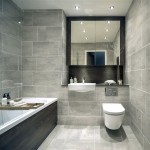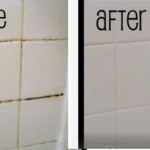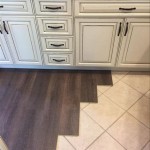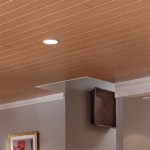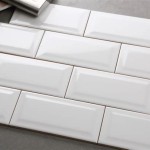Can I Put Tile Directly On Cement Board?
Cement board, a sturdy and moisture-resistant material, is commonly used as a substrate for tile installations. While it provides a stable base, the question of whether tile can be directly applied to cement board arises frequently. This article will delve into the intricacies of direct tile installation on cement board, exploring the advantages, disadvantages, and crucial considerations for achieving a successful and long-lasting tile project.
Advantages of Direct Tile Installation
Installing tile directly on cement board presents several advantages, making it a popular choice for many projects. The most notable benefits include:
- Simplicity and Efficiency: Direct installation eliminates the need for additional layers, streamlining the process. This saves time, effort, and material costs, making it an efficient option.
- Thin Profile: Cement board is relatively thin, allowing for minimal thickness addition to the existing floor or wall. This is particularly beneficial in spaces with limited height or where preserving existing dimensions is important.
- Structural Integrity: The strong and rigid nature of cement board provides excellent support for tile, mitigating the risk of cracking or movement over time.
Disadvantages of Direct Tile Installation
While the benefits of direct installation are enticing, it's crucial to consider the potential drawbacks:
- Increased Risk of Cracking: Cement board is susceptible to cracking, especially when subjected to excessive moisture or movement. Direct installation amplifies this risk, as the tile itself provides no additional flexibility.
- Moisture Sensitivity: Cement board, while moisture-resistant, can be compromised by prolonged exposure to water. Direct installation requires meticulous waterproofing measures to prevent moisture damage.
- Limited Flexibility: The rigidity of cement board limits its adaptability to uneven surfaces. Achieving a perfectly level surface is essential for a successful direct tile installation.
Key Considerations for Direct Tile Installation
Making an informed decision about direct tile installation involves careful evaluation of various factors. Here are crucial considerations to guide your approach:
1. Surface Preparation
Proper surface preparation is paramount for achieving a successful direct tile installation. The cement board must be clean, level, and free from debris or imperfections. Any cracks or gaps need to be repaired using a compatible patching compound. Ensuring a smooth and even surface is vital to prevent tile movement and cracking.
2. Waterproofing
Moisture control is an essential aspect of direct tile installation. Applying a waterproof membrane to the cement board before installing tile is crucial, particularly in areas prone to moisture exposure, such as bathrooms and kitchens. The membrane acts as a barrier, preventing water from penetrating the substrate and causing damage.
3. Thin-Set Mortar
The right thin-set mortar is crucial for a strong bond between the tile and cement board. Choose a high-quality, modified thin-set mortar specifically designed for direct tile installation on cement board. It should be suitable for the tile type and the anticipated load and moisture conditions.
4. Grout
Grout selection is equally important for direct tile installations. Opt for a high-quality, non-sanded grout for smaller tile sizes and a sanded grout for larger tiles. Grout should be carefully applied to fill the gaps between tiles, providing added stability and preventing water infiltration.
5. Tile Size and Type
The size and type of tile chosen significantly impact the suitability of direct installation. Smaller tiles generally offer greater flexibility and are more forgiving of minor substrate imperfections. However, heavy tiles or tiles with complex shapes may require additional support or a different installation method.
6. Project Scale and Complexity
The scale and complexity of the project also influence the decision to install tile directly on cement board. For large-scale projects or areas with intricate tile patterns, professional expertise is highly recommended. A qualified tile installer can assess the specific conditions and make informed decisions about the most appropriate installation technique.
Ultimately, the decision to install tile directly on cement board requires careful consideration of the project specifics, including the substrate condition, tile type, and potential risks. By understanding the advantages, disadvantages, and key considerations, you can make an informed choice that ensures a successful and long-lasting tile installation.

How To Install Cement Board On A Floor Diy Family Handyman

Tile Backerboard Material Options Fine Homebuilding

How To Install Cement Board For Tile Projects Diy Family Handyman

How To Install Cement Board The Home Depot

How To Install Hardiebacker Cement Board On Floors James Hardie Pros

How To Install Cement Board The Home Depot

Tile Installers Select Hardiebacker Cement Board As Most Preferred Brand 2024 02 22 Stone World

Easily Install Cement Board To Prep For Tile Installation

How To Install A Cement Board For Tiling Beaumont Tiles

Cement Backerboard Floor Tile Installation Diy Shower
Related Posts

